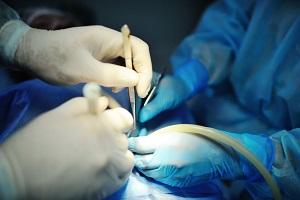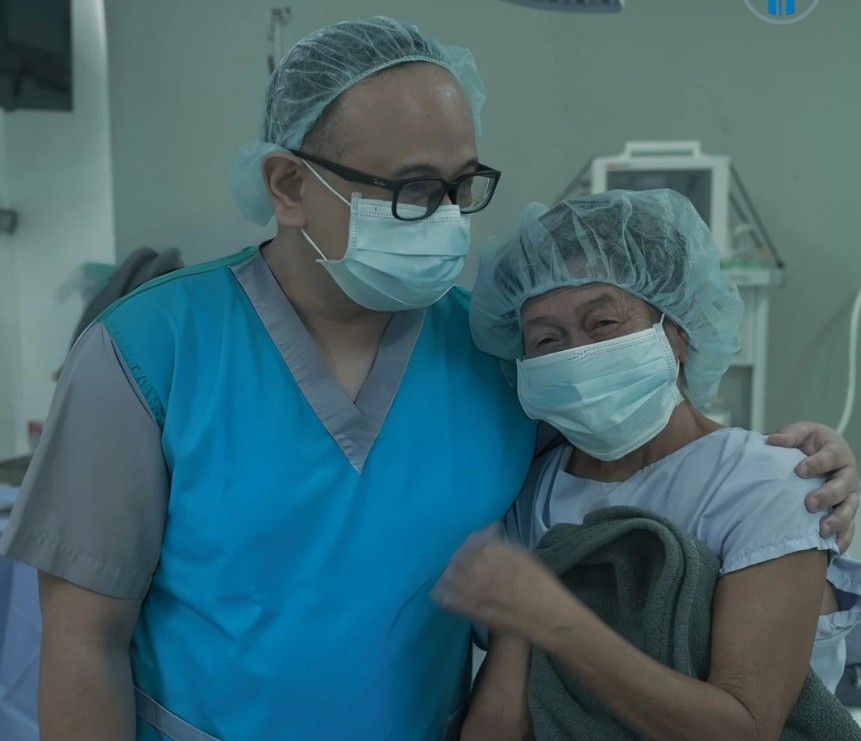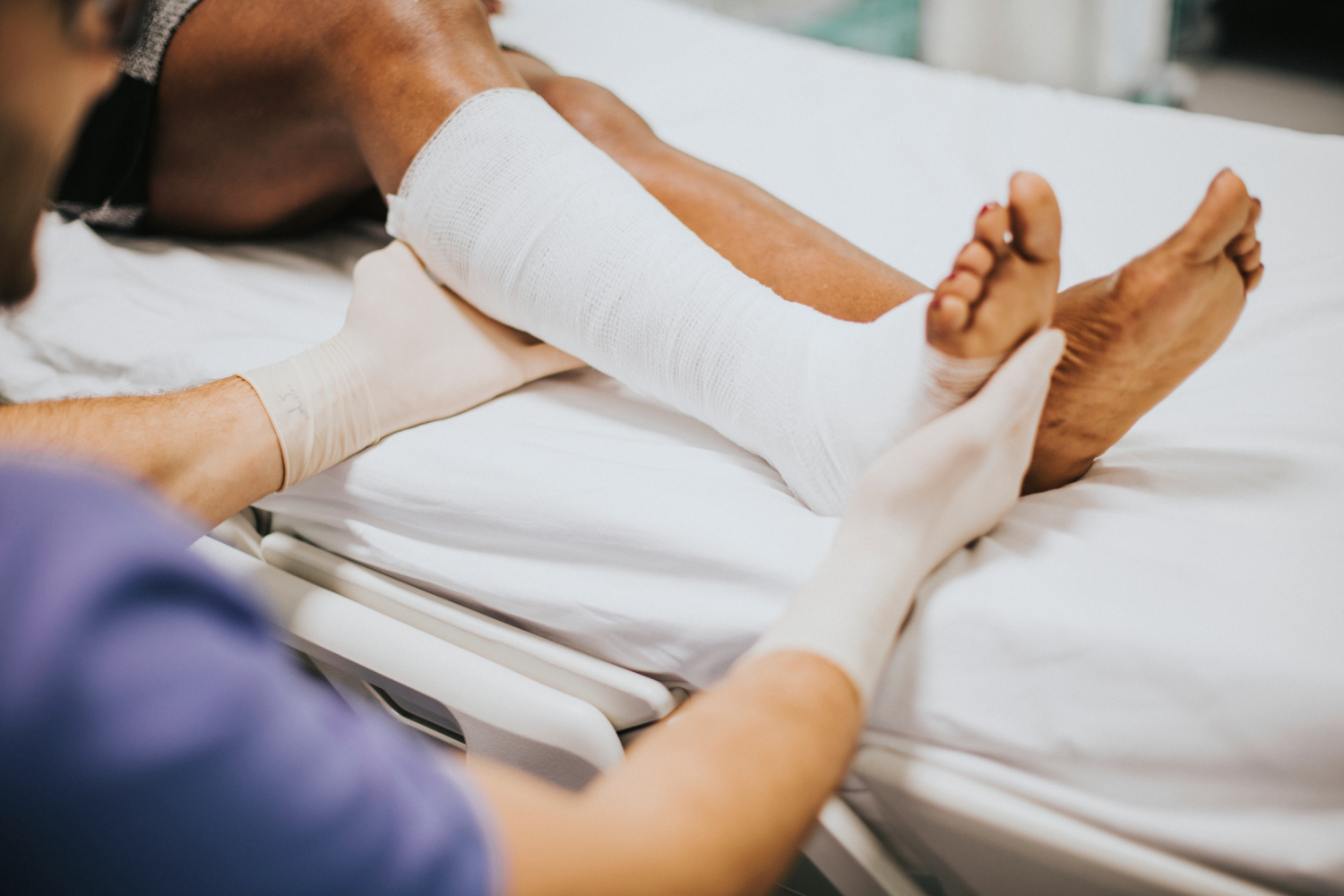
Choosing the Right Wound Care Center: Compassionate Care in Quezon City
Finding the right wound care center can make a significant difference in healing, preventing complications, and improving overall quality of life. Wounds that are not
Pelvic floor physical therapy is a specialized form of rehabilitation designed to assess and treat conditions affecting the pelvic floor muscles, ligaments, and surrounding structures. These muscles play a critical role in core stability, bladder and bowel control, sexual function, and overall pelvic health.
This therapy is often recommended for individuals experiencing symptoms such as pelvic pain, incontinence, painful intercourse, constipation, postpartum recovery issues, or pelvic organ prolapse. It can also benefit men dealing with post-prostate surgery complications or pelvic pain syndromes.
Pelvic floor physical therapy begins with a thorough evaluation by a licensed physical therapist trained in pelvic health. The assessment may include a discussion of symptoms, posture and movement analysis, and internal or external examinations to identify muscle imbalances, tension, or weakness.
Treatment plans are highly individualized and may include:
Pelvic floor physical therapy is a holistic approach that empowers individuals to regain confidence and improve their quality of life. Whether you’re recovering from surgery, navigating postpartum changes, or addressing chronic pelvic conditions, this therapy provides effective solutions tailored to your unique needs.

Finding the right wound care center can make a significant difference in healing, preventing complications, and improving overall quality of life. Wounds that are not

Chronic wounds can severely affect daily life, causing pain, discomfort, and limited mobility. Healing these wounds requires more than standard care, which is why consulting

An orthopedic consultation Quezon City provides an essential step for individuals experiencing pain, limited mobility, or injury-related concerns. Orthopedic consultations focus on diagnosing, managing, and

Finding reliable wound care services near me can be challenging, especially when dealing with chronic wounds, diabetic ulcers, or post-surgical recovery. Proper wound care is

Severe wounds require more than simple treatment. Whether caused by chronic conditions, injuries, or infections, these wounds demand expert assessment and management. A severe wound

Interstitial cystitis (IC) is a chronic condition that can significantly affect daily life. Individuals with IC often experience persistent bladder pain, frequent urges to urinate,